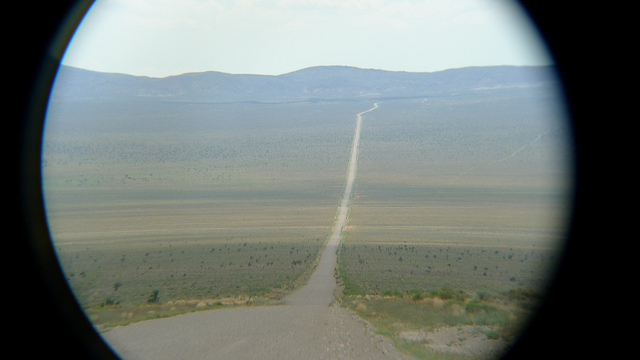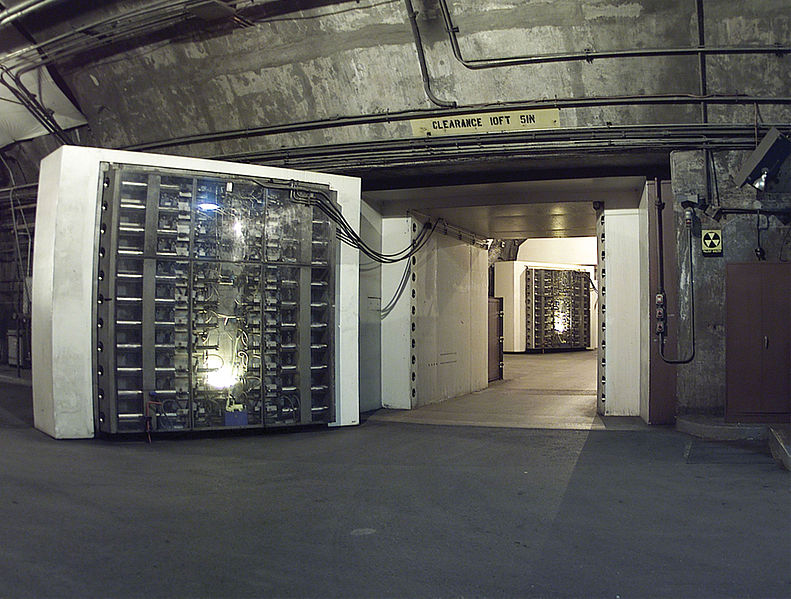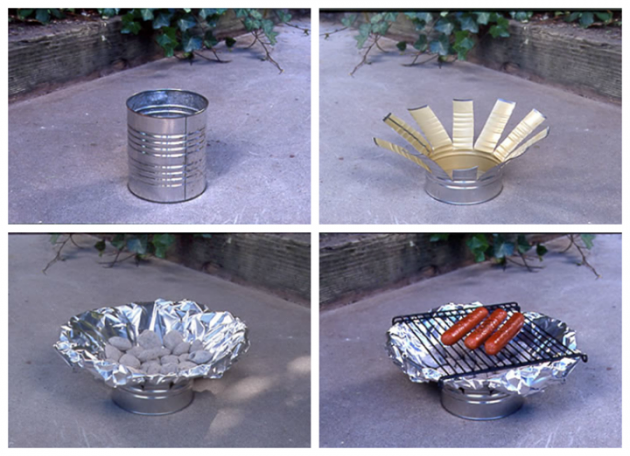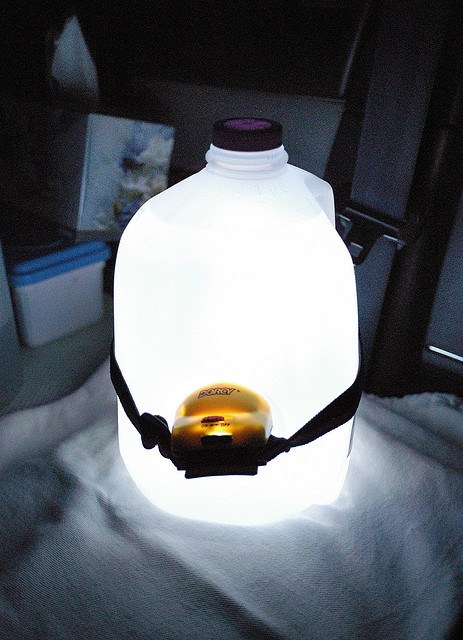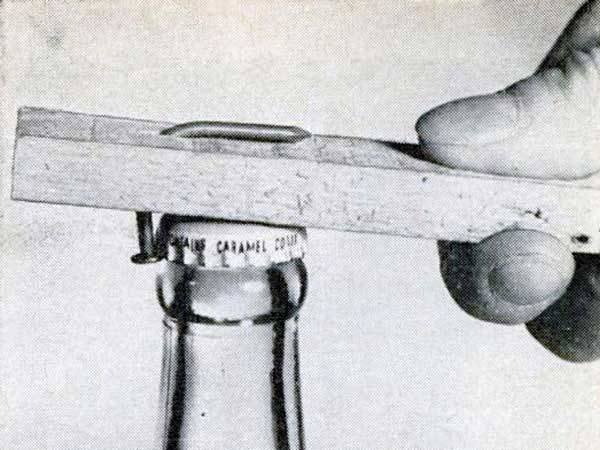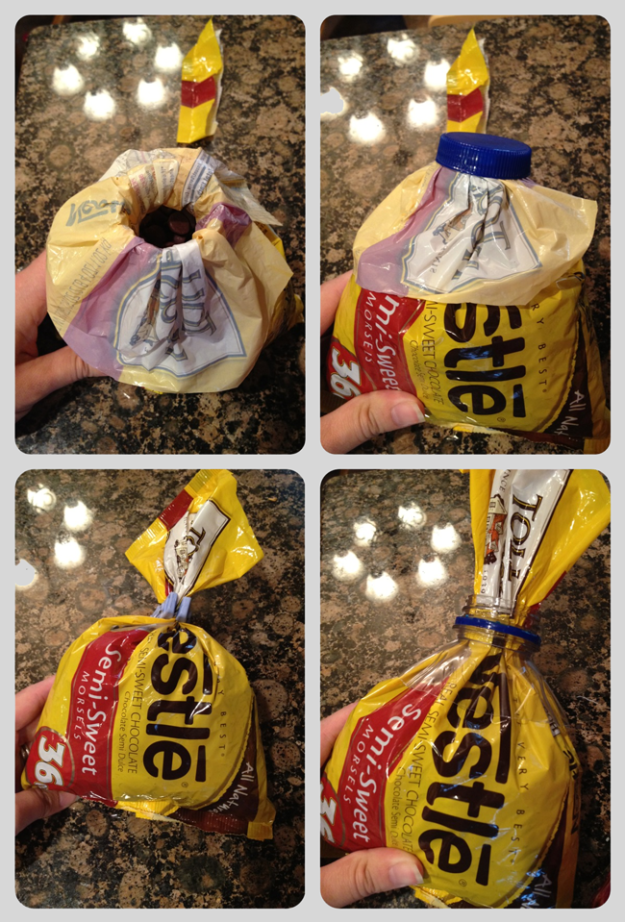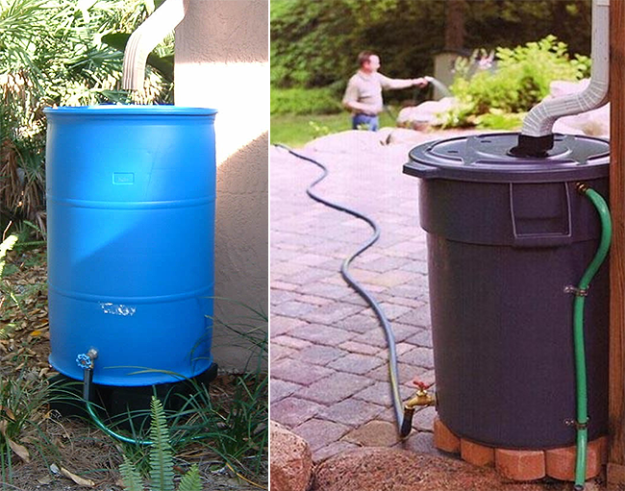
Devons-nous travailler pour de l’argent ou choisir le travail qui nous plait ?
Faisons le point sur ce dilemme ô combien déterminant dans notre vie.
Argent et travail
La relation entre argent et travail m’a rappelé une histoire que nous avait raconté un professeur. Il possédait de bonnes compétences en électronique et avant d’être professeur il travaillait dans une usine spécialisé dans la fabrication de composants électroniques délicats : son rôle était de faire du contrôle qualité. Pour cela il devait se rendre dans son entreprise, se vêtir d’une tenue blanche et passer 8 heures par jour dans une salle aseptisée à contrôler les différentes pièces. Wow ! Très bien payé comme boulot (je suppose que le salaire inclut une psychothérapie). Au bout de quelques mois il démissionna pour devenir professeur d’électronique.
Pendant qu’il racontait son histoire je voyais bien le mauvais moment qu’il avait passé à l’expression sur son visage et à ses gestes très secs alors qu’il était habituellement calme. J’étais assez partagé : qu’aurais-je fait à sa place ? Priorité à l’argent ou à l’intérêt du boulot ?
Évidemment, le cas se présenta plus tard…
C’était un entretien d’embauche que j’ai passé à la sortie de mes études où la responsable des ressources humaines me posa cette question : “Pourquoi voulez-vous travailler pour nous ?”.
J’ai mal, très mal. Je n’avais aucune raison spécifique qui me poussait à travailler pour eux pourtant je devais absolument trouver un poste et une réponse politiquement correcte et totalement bidon lui aurait certainement suffit : “xyz est une belle entreprise et j’aimerais y contribuer”. Ce n’est pas la réponse que j’ai choisie. J’ai préféré dire ce que je pensais vraiment. La langue de bois n’est vraiment pas mon fort : “je veux gagner de l’argent !”.
Malheur ! Grossière erreur ! Je devais venir travailler pour la beauté du geste et éventuellement être rétribué.
Je n’ai pas eu ce poste. Pour la petite histoire, j’en ai eu un autre mieux payé
J’ai travaillé quelques mois et je me suis rapidement rendu à l’évidence : je n’aimais pas ce travail pourtant bien payé. Le dimanche soir était triste car je me voyais encore retourner à ce poste qui était déprimant. Le lundi était absolument horrible. Je n’avais envie de parler à personne, j’avais mal au ventre et j’avais perdu mon envie de rire.
Mauvais choix.
Les pratiques en terme de rémunération dans les entreprises confirment ce point : si vous payez trop quelqu’un il va finir par ne plus trouver de l’intérêt dans son travail. Le salaire va retirer ce qui motivait la personne : en payant trop la personne qui exerce par passion, on tue la source même de cette passion puisque l’argent prend la place numéro 1 dans la relation entre l’entreprise et la personne.
C’est aussi pour ça que les boulots très bien payés possèdent une autre caractéristique à laquelle se raccroche les gens : le statut social.
Travail et passion
Tout le monde connait la citation de Confucius “Choisissez un travail que vous aimez et vous n’aurez pas à travailler un seul jour de votre vie“. Simple mais pourtant combien de gens vont travailler en trainant des pieds? Revenons sur cette idée que tout le monde connait mais que peu de gens applique.
Par quel moyen devez-vous gagner de l’argent ?
La question est trop générale pour qu’une réponse universelle puisse être apportée. Chaque jour certains sont prêts à vendre leur corps alors d’autres préfèreront vivre d’aides sociales plutôt que de faire quelque chose qui ne leur plait pas. Dans tous les cas, personne ne force les gens à faire ce qu’ils font.
Cependant, mon expérience sur le sujet confirme le dicton. Vous devriez travailler dans un domaine qui vous fait plaisir.
Les raisons sont nombreuses. Tout d’abord, si vous aimez ce que vous faites, vous allez vouloir faire de mieux en mieux. Tous les discours autour de l’idée de faire le pas supplémentaire, de donner le meilleur de soi et d’être pro-actif n’ont aucun sens si vous n’aimez pas votre travail.
Dans l’expérience que je raconte au début, il y a eu un responsable venu me parler quelques semaines après mon embauche du niveau de pro-activité attendu de ma part et de ce que je devais faire pour avancer dans l’entreprise. Après cette discussion, je ne croyais pas un seul mot de ce qu’il m’avait dit “Comment ça rester jusqu’à 22h ?”. Je cherchais toutes les raisons possibles derrière ce phénomène inexpliqué : technique de bizutage, intimidation…
Et bien, disons qu’il était sérieux et n’appréciait pas que je n’atteigne pas le niveau de pro-activité dont il m’avait peint le portrait, d’après lui, séduisant.
C’était tout bonnement impensable dans ma situation puisque je n’aimais pas le poste ! Je n’allais pas m’infliger plus de quelque chose que je n’aime pas !
Donc voilà où nous en sommes : pour avoir une seule raison de vouloir en faire plus, il faut que le travail nous plaise.
Quelqu’un de passionné sera plus motivé que les autres. Il réalisera un travail de meilleur qualité et les conséquences seront certainement que l’argent suivra (mais rien n’est garanti). La satisfaction personnelle sera plus importante.
Lorsque vous réalisez votre passion, vous n’avez pas vraiment l’impression de travailler. Je ne pensais pas que c’était possible avant de le faire. Le sentiment est assez grisant : quand on est habitué à associer pénibilité avec travail, le fait de ne pas avoir de journées pénibles donnent l’impression que l’on ne travaille pas. Je me sens encore assez coupable à la fin de la semaine.
Je prends un grand plaisir dans mon métier de consultant ou à bloguer et je n’ai pas l’impression de travailler. Est-ce pour autant que tout est toujours intéressant ? Non.
Seul la passion fera de vous un professionnel aguerri. Seul la passion vous rendra riche. Poursuivre un but uniquement pour l’argent est le moyen numéro 1 pour échouer. Consacrer son énergie à une activité pour autre chose que le quotidien de cette activité est de la folie pure. Si vous travaillez 50 heures par semaine dans l’unique but d’obtenir un poste ou une récompense, vous courez à votre perte. L’intérêt quotidien doit être le facteur numéro 1.
Relation temps travail argent
La discussion prends une autre dimension si l’on ajoute la composante temps. Si un travail ne doit pas être choisi en fonction de l’argent qu’il procure, je suis convaincu qu’un travail peut être choisi si le temps qu’il demande est extrêmement court pour obtenir une somme raisonnable.
Exemple : vous travaillez 2 jours par semaine dans votre domaine d’expertise. Vous n’aimez pas vraiment ce que vous faites mais comme vous êtes un expert, ces 2 jours hebdomadaires de travail vous rapporte 1000 € net et se transforment en un salaire de 4000 € par mois. Devez-vous pour autant arrêter ce travail ?
Je ne pense pas.
Il y a de nombreuses situations où la position d’expert permet d’être très bien payé pour très peu de temps. Si cela permet d’être libre le reste du temps, c’est à mon sens un très bon compromis. Le travail alimentaire à un sens s’il apporte plus que de l’argent : du temps.
Bien que courant, un travail alimentaire qui permet de survivre en travaillant 50 heures par semaine ne satisfait pas aux critères.
Le choix opposé est bien plus difficile : faut-il accepter ce boulot dans une ONG au sri-lanka payé 500 € par mois ? Évidemment, ce n’est pas pour l’argent vous allez faire ce genre de choix mais bien pour l’expérience que cela procure. L’aventure humaine n’a pas de prix. Il n’en reste pas moins que c’est un choix d’une autre nature qui n’est pas discutée ici.
Gaspiller sa vie
Vous savez que sur Esprit Riche, je m’attache à ne pas perdre ma vie à la gagner. Ce que procure l’argent reste l’objectif et l’expérience quotidienne est celle qui fait que la vie vaut le coup d’être vécue. Elle ne doit pas être négligée pour une possible future expérience. Pourtant, passer sa vie dans un travail qui ne nous passionne pas peut être assimiler à gaspiller sa vie. A jeter ces 8 heures 5 fois par semaine on fini par jeter sa personnalité, son goût pour la vie, son feu intérieur. Même si en dehors de votre boulot vous vous éclatez, je ne pense pas que ça soit un bon choix que de faire ainsi, du moins que de l’accepter comme situation définitive.
Je sais bien pourquoi vous continuez : parce que depuis tout petit, on vous a dit que travailler c’était ennuyeux, difficile et pénible. L’immense majorité des gens n’aiment pas leur travail et c’est certainement ce que vous avez retenu et intégré.
“Faites ce que vous aimez” est un doux rêve parce qu’il n’est pas le vôtre.
Tout le monde a fait en sorte que travailler soit pénible parce que c’était pénible pour ces personnes-là. Certains professeurs prennent un malin plaisir à torturer leurs élèves avec des devoirs, certaines personnes prennent à cœur de rendre difficile l’entrepreneuriat ou encore de faire regretter aux cuisiniers en herbe d’avoir choisi cette voie.
C’est aussi pour ça qu’au travail nous prenons souvent une autre personnalité au travail. Elle n’est pas forcément opposée mais elle est différente. C’est celle qui ne s’amusera pas. Celle qui ne remettra pas en cause les énormités que dit le patron. Celle qui attends 19h pour rire, s’amuser et s’exprimer. On arrive ainsi à protéger ce que l’on est vraiment de ce que l’on n’aime pas. Du moins, on pense y arriver.
Le travail n’a pas à être tout ça. Et devinez quoi ?
Tout le monde y gagne
C’est peut être le point le plus ironique dans l’histoire. Beaucoup d’entreprises ne recrutent pas des gens passionnés et c’est notamment pour ça que le service rendu au client est moyen. Les gens passionnés soulèveront des montagnes pour une idée et si vous gérez une équipe ils seront moteurs.
Voici une seule croyance que je voudrais diffuser : le travail n’a pas à être ennuyeux.
Il n’y a pas de travail ennuyeux mais seulement des gens à la mauvaise place.
Vous savez que vous êtes à la mauvaise place si vous cherchez à obtenir des bénéfices de la situation avant d’avoir contribué d’une quelconque manière.
Soyons réaliste
Ceci étant dit, restons réaliste. Tous les boulots comportent une partie non amusante et ce n’est pas pour autant qu’il faudra en changer. Tant que cela reste limité, estimez-vous heureux d’aimer l’autre partie car c’est une situation rare.
Même si c’est votre passion, un travail ne devrait vous couper du reste de la vie. Je crois au concept d’équilibre : tout doit être équilibré dans nos vies pour être durable. Une passion peut détruire (même si elle rapporte de l’argent). Votre travail ne doit pas vous éviter d’avoir des relations sociales, des activités culturelles ou sportives (éventuellement les deux!).
La passion tend à consumer celui qui la porte. Dans la philosophie traditionnelle, c’est même un concept assez négatif car il obsède le porteur et le coupe du reste.
Faire ce que l’on aime revient simplement à aimer le quotidien de l’activité. Aimer un travail pour un futur bénéfice, ce n’est pas aimer son travail mais plutôt courir après des avantages annexes comme le pouvoir ou le statut social.
Mais aimer ce que l’on fait est très difficile à obtenir. La plupart d’entre nous n’y arrive pas et la majorité n’y arrivera jamais. C’est une longue quête qui doit nous rendre humble et nous garder fier pour ce que l’on a déjà fait.
Je pense que la frustration de nombreux jeunes vient d’ailleurs de là : l’impatience face au parcours à faire pour obtenir un travail que l’on aime. Bien souvent l’expérience sera précieuse pour décrocher ce sésame. Ce n’est donc souvent pas à 20 ans que l’on tombe dessus mais quelques années plus tard…
Comment faire ce que l’on aime ?
Imaginons que vous êtes dans la situation où vous avez un boulot alimentaire et que ne savez pas comment travailler dans le domaine que vous aimez.
La chose la plus directe que vous pouvez faire, c’est d’être présent et actif dans le domaine que vous aimez : spectacle, écriture, peinture, commerce… peu importe. Certains domaines rendent la transition plus facile que d’autres mais l’idée est simple. Si vous voulez devenir réalisateur : travaillez pour faire en sorte que ça arrive. Commencez par prendre des cours, consacrez-y votre temps libre, rencontrez des gens du domaine, travaillez gratuitement en échange de l’expérience…
Un point à noter : ce sera dur de faire ça en parallèle de votre boulot alimentaire mais c’est la meilleure voie à suivre. Elle ne remets pas en cause votre équilibre actuel et vous permettra peut être d’évoluer vers un autre équilibre autour de votre passion.
Seconde chose, il est tout à fait possible que vous n’arriviez jamais à basculer pour vivre de votre passion. Est-ce pour autant qu’il ne faut pas essayer ?
Vivez sans aucun regret !
Le conseil est donc simple : faites ce que vous aimez même si ce n’est pas votre gagne pain, ça le deviendra peut-être. N’attendez pas. Commencez tout de suite !
Encore une fois, soyez intransigeant sur l’objectif mais soyez souple sur le chemin pour l’atteindre car la route peut être longue.
Êtes-vous passionné par votre travail ?
La réponse est facile à obtenir. Si la fin de la semaine est un soulagement, si le début de la semaine est une horreur, si penser à votre boulot ne génère aucun enthousiasme, si à votre boulot vous pensez à ce que vous allez faire en dehors et à la maison vous pensez à votre boulot…
Vous allez adorer cela :
-
Ces scripts invisibles qui gouvernent nos vies J'adore l'esprit humain car c'est un outil puissant, complexe et basique à la fois. L'une des caractéristiques étonnantes, c'est notre capacité à vivre selon des scripts invisibles. Par exemple l'un des scripts que j'ai eu il y a longtemps était : "on ne peut pas gagner d'argent et faire ce… -
L’excellente nouvelle qui va vous rassurer Si vous avez un projet, vous voyez probablement d’autres personnes en train d’essayer d’accomplir la même chose que vous. Vous êtes peut-être inquiété par la concurrence. Vous avez peut-être même des doutes sur votre propre projet. Peu importe votre projet ou votre rêve, il y a une chose que vous…
L'indépendance financière, le développement personnel intelligent : voilà 2 sujets qui me passionnent. J'accompagne individuellement les entrepreneurs à développer leur activité, à simplifier et gagner du temps. Je suis également l'auteur de Devenez Riche et de Stop Procrastination aux Editions Leduc.s.












